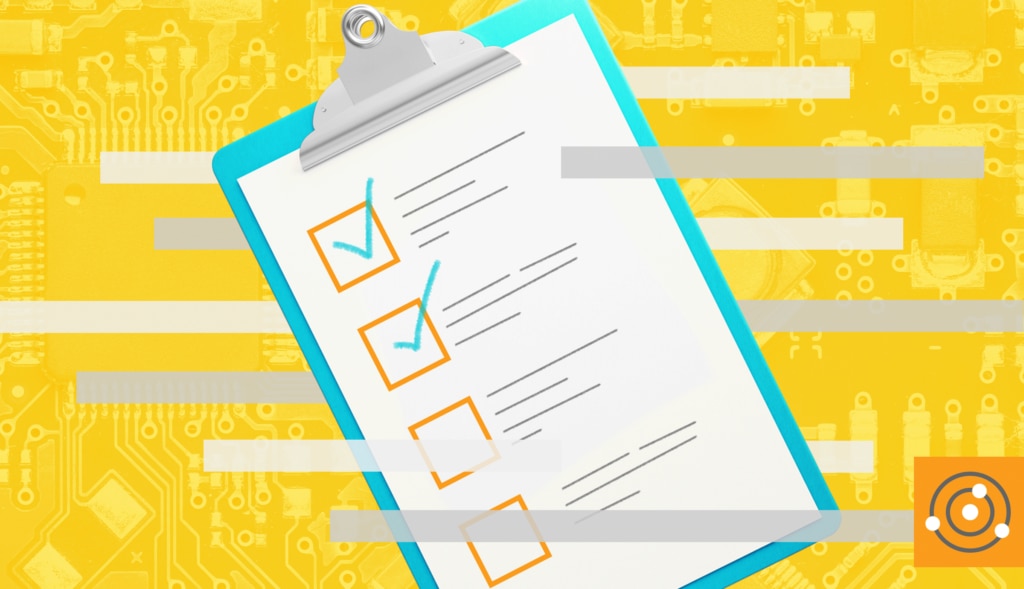Whether you’re supporting remote teams or working in a hybrid environment, IT asset management (ITAM) is a critical practice to the business
and your service management strategy. If you’ve been following our
ITAM series and are delivering services to employees, you most likely have an understanding of the
ITAM essentials and
questions to keep in mind when developing a strategy. Now in this blog, I’ll guide you on the journey to take your strategy to the
next level.
Making the business case for investing in ITAM
There’s always an opportunity for businesses of varying sizes and experience levels to put IT asset management to good use. In order to
make a business case for investing time and resources toward ITAM, you need an understanding of
where you are in your current strategy. Are you using spreadsheets to track assets? Do you have a tool that catalogs your assets already? How many places are assets being tracked? The ITIL guiding principle “Start Where You Are” will help to answer key questions about where to invest your effort in maturing your ITAM practice.
- What’s working well for your organization and where do you need to open up your budget?
- Can teams easily find and manage asset data?
- How will you scale your ITAM practices?
- Do your current ITAM operations help you adapt to changing business goals?
By answering these questions, you’ll have a clearer view of where you need to improve.
Where can you level up your ITAM strategy?
In most cases, the most obvious place to start is to build a more comprehensive database of IT asset data. To achieve this, consider deploying multiple layers of automated
IT asset discovery:
- Agent-based discovery can be deployed to IT hardware with an operating system. Data produced from this type of discovery enables IT teams to have a better pulse around their hardwares’ utilization and ownership.
- Agentless discovery scans your entire network to locate and extract information on your organization’s IP-connected devices. This is a great way to discover devices that don’t allow for agent-based installation, such as routers and switches.
- Integrations with other configuration management sources like SCCM, Azure, and Jamf can fill in the gaps in IT asset data, making for more informed decisions.
Goals an ITAM strategy should achieve
Now that you have complete IT asset data, there are a number of opportunities to get a return on your investment. Here are some goals to consider:
- Acquire appropriate IT assets while keeping costs low and benefits high
- Optimize the use of each asset and assess how employees are using it
- Project when to retire or add assets to your fleet
- Provide information for regulatory compliance, license and contract renewal
Going beyond ITAM with configuration management
Complete asset data also lays the foundation for another opportunity to level up: configuration management. Using a configuration management database (CMDB) goes beyond traditional ITAM because it takes into account all of the records or configuration items (CIs) in your environment.
The
CMDB enhances visibility into upstream and downstream dependencies. For service-oriented decisions like changes or tracking problems, the CMDB visual mapping component allows you to see the full impact radius all in one view. This high level visibility helps you to make more informed, data-driven decisions for the business.
Although a functional CMDB is a goal for many organizations, remember that it’s only possible with a strong ITAM strategy.
Level up ITSM with ITAM
IT service management (
ITSM) and
ITAM may seem like separate strategies, but when practiced in tandem, they can drive better business operations. Having your asset and service management connected in one platform can give you visibility on anything that’s been recorded against a device. Asset managers can see how many incidents a particular hardware or software asset has experienced, and which ones are critical for employee success. This view shows if the asset is on the latest version and can help prevent disruption if something goes wrong.
Problem management also allows managers to find common or related incidents to identify problems. If one is identified, they can remove the problem asset from the environment and find potential workarounds until the problem is resolved. In a case where a workaround isn’t possible, managers can quickly pinpoint what should be accounted for before finding resolutions.
Connecting
ITSM with ITAM adds an extra layer of support for
change enablement. Perhaps you notice a risk associated with a virtual machine. Before making any changes, you have the ability to assess the potential impact on other devices if the risk becomes a problem. You can also implement test and rollback plans in case the change doesn’t go as planned.
The ITAM journey means first making a business case to leaders that ITAM is worth the investment, then reviewing what’s currently in place and identifying where growth is needed. To level up, determine what more can be done with the technology that’s already available. Once you align your current strategy with ITSM and
ITIL best practices, you’ve put your organization on the fast track to success.




